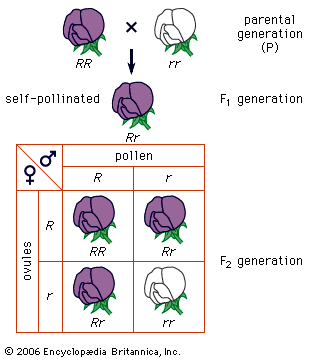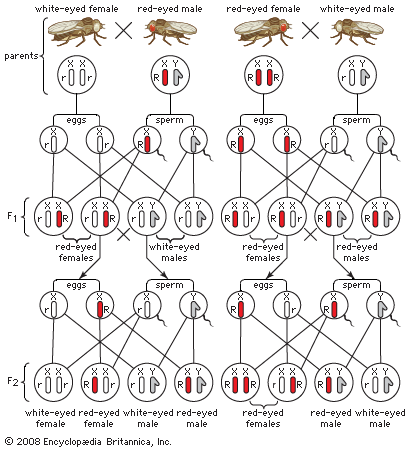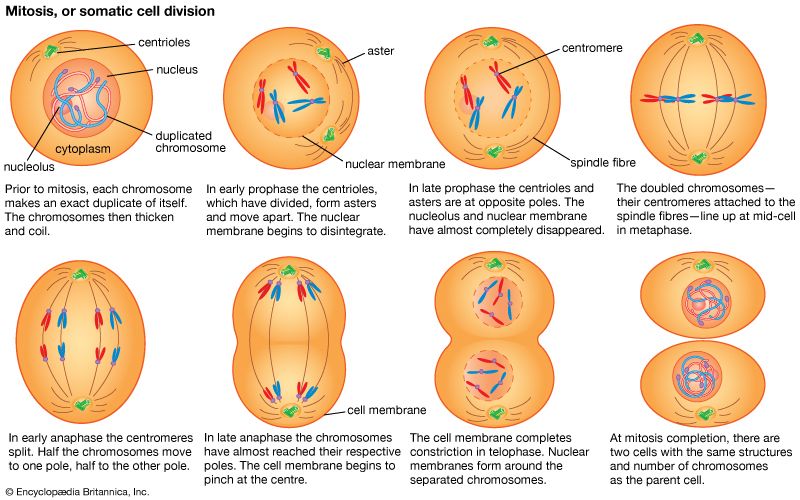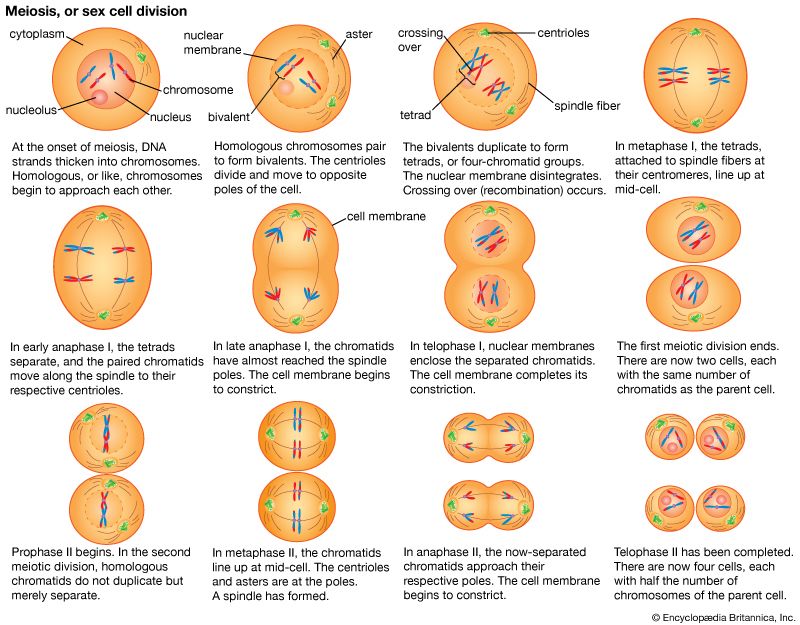Our editors will review what you’ve submitted and determine whether to revise the article.
- BMC - Biology Direct - Principles and biological concepts of heredity before Mendel
- Biology LibreTexts - Introduction to heredity
- LiveScience - Genetics: The Study of Heredity
- Iowa State University Digital Press - Individual and Family Development, Health, and Well-being - Heredity
- National Center for Biotechnology Information - PubMed Central - The genotype conception of heredity
- National Institute of Open Schooling - Heredity
- University of California - Department of Mathematics - The History of Genetics
- Khan Academy - Introduction to heredity
- Yale New Haven Teachers Institute - Heredity and Environment
- JMU Libraries Pressbooks - Child and Adolescent Development - Heredity and Chromosomes
- Related Topics:
- genetics
- gene
- chimera
- chromosome
- DNA
The data accumulated by scientists of the early 20th century provided compelling evidence that chromosomes are the carriers of genes. But the nature of the genes themselves remained a mystery, as did the mechanism by which they exert their influence. Molecular genetics—the study of the structure and function of genes at the molecular level—provided answers to these fundamental questions.
DNA as the agent of heredity
In 1869 Swiss chemist Johann Friedrich Miescher extracted a substance containing nitrogen and phosphorus from cell nuclei. The substance was originally called nuclein, but it is now known as deoxyribonucleic acid, or DNA. DNA is the chemical component of the chromosomes that is chiefly responsible for their staining properties in microscopic preparations. Since the chromosomes of eukaryotes contain a variety of proteins in addition to DNA, the question naturally arose whether the nucleic acids or the proteins, or both together, were the carriers of the genetic information. Until the early 1950s most biologists were inclined to believe that the proteins were the chief carriers of heredity. Nucleic acids contain only four different unitary building blocks, but proteins are made up of 20 different amino acids. Proteins therefore appeared to have a greater diversity of structure, and the diversity of the genes seemed at first likely to rest on the diversity of the proteins.
Evidence that DNA acts as the carrier of the genetic information was first firmly demonstrated by exquisitely simple microbiological studies. In 1928 English bacteriologist Frederick Griffith was studying two strains of the bacterium Streptococcus pneumoniae; one strain was lethal to mice (virulent) and the other was harmless (avirulent). Griffith found that mice inoculated with either the heat-killed virulent bacteria or the living avirulent bacteria remained free of infection, but mice inoculated with a mixture of both became infected and died. It seemed as if some chemical “transforming principle” had transferred from the dead virulent cells into the avirulent cells and changed them. In 1944 American bacteriologist Oswald T. Avery and his coworkers found that the transforming factor was DNA. Avery and his research team obtained mixtures from heat-killed virulent bacteria and inactivated either the proteins, polysaccharides (sugar subunits), lipids, DNA, or RNA (ribonucleic acid, a close chemical relative of DNA) and added each type of preparation individually to avirulent cells. The only molecular class whose inactivation prevented transformation to virulence was DNA. Therefore, it seemed that DNA, because it could transform, must be the hereditary material.
A similar conclusion was reached from the study of bacteriophages, viruses that attack and kill bacterial cells. From a host cell infected by one bacteriophage, hundreds of bacteriophage progeny are produced. In 1952 American biologists Alfred D. Hershey and Martha Chase prepared two populations of bacteriophage particles. In one population, the outer protein coat of the bacteriophage was labeled with a radioactive isotope; in the other, the DNA was labeled. After allowing both populations to attack bacteria, Hershey and Chase found that only when DNA was labeled did the progeny bacteriophage contain radioactivity. Therefore, they concluded that DNA is injected into the bacterial cell, where it directs the synthesis of numerous complete bacteriophages at the expense of the host. In other words, in bacteriophages DNA is the hereditary material responsible for the fundamental characteristics of the virus.
Today the genetic makeup of most organisms can be transformed using externally applied DNA, in a manner similar to that used by Avery for bacteria. Transforming DNA is able to pass through cellular and nuclear membranes and then integrate into the chromosomal DNA of the recipient cell. Furthermore, using modern DNA technology, it is possible to isolate the section of chromosomal DNA that constitutes an individual gene, manipulate its structure, and reintroduce it into a cell to cause changes that show beyond doubt that the DNA is responsible for a large part of the overall characteristics of an organism. For reasons such as these, it is now accepted that, in all living organisms, with the exception of some viruses, genes are composed of DNA.






















